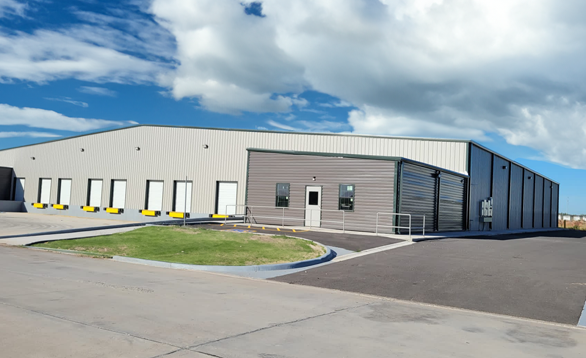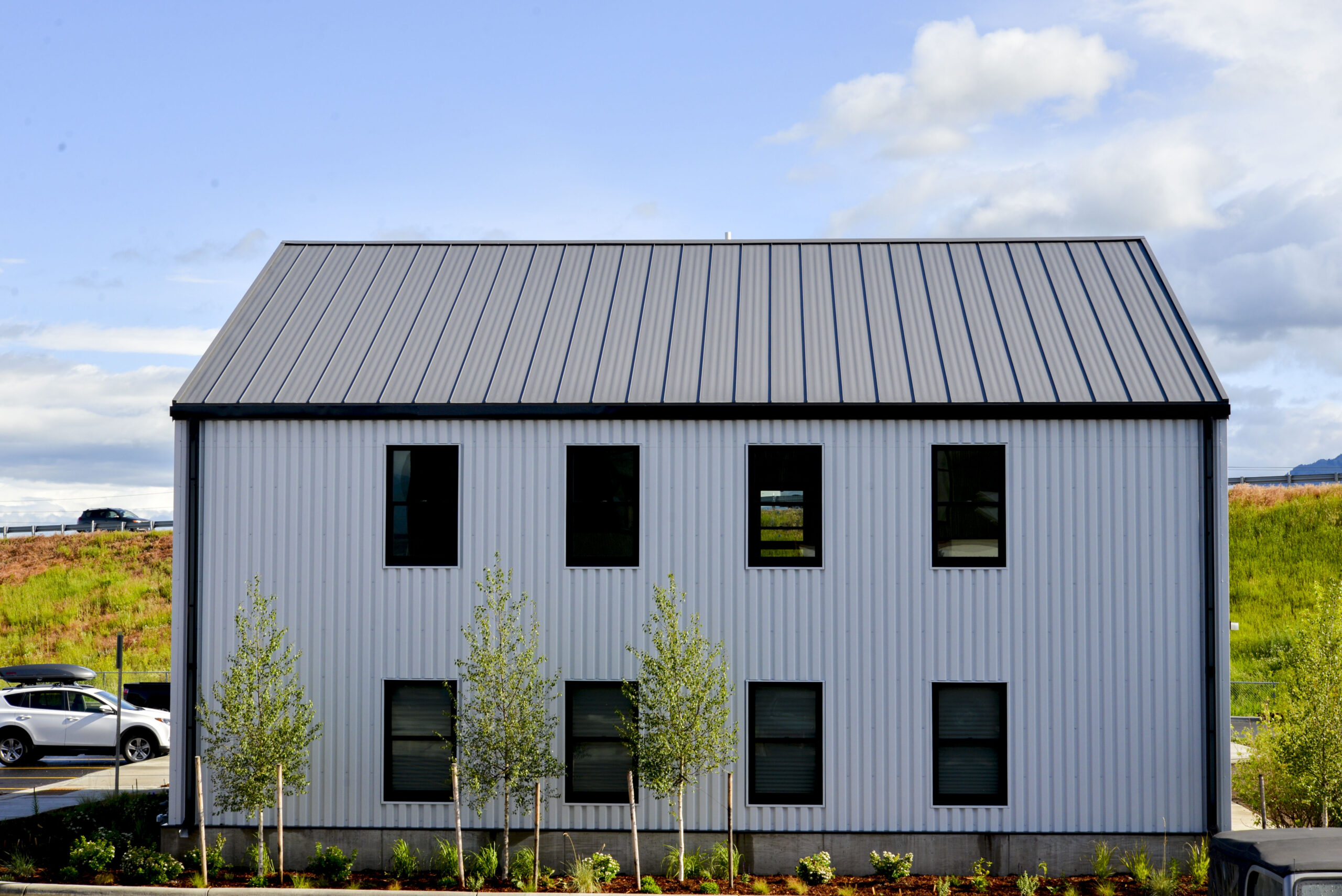If you’re thinking about insulating your steel-frame metal building, you’re on the right track towards improving its comfort and energy efficiency. While insulation is typically installed during the construction phase, retrofitting insulation into an already-built metal structure is entirely possible and can yield significant benefits.
In this quick guide, we’ll delve into the process of insulating your metal building, exploring its necessity, benefits, various insulation methods, and practical considerations.
Determining the Need for Insulation
Before diving into insulation methods, it’s important to assess whether your existing metal building requires insulation. Factors such as the building’s usage, geographical location, and local climate play important roles in making that decision. Insulation primarily serves to enhance comfort by regulating interior temperatures and reducing energy consumption.
It’s important to acknowledge that adding insulation introduces a layer of caution regarding flammability. While metal buildings themselves are non-combustible, insulation materials may pose fire risks if not handled properly.
Benefits of Insulating Your Existing Metal Building
Insulation offers a plethora of advantages beyond temperature regulation and energy efficiency:
- Temperature Maintenance: Insulation helps stabilize indoor temperatures, ensuring comfort regardless of external weather conditions.
- Moisture Reduction: Proper insulation minimizes moisture infiltration, mitigating the risk of mold, mildew, rust, and corrosion buildup.
- Sound Absorption: Insulation aids in soundproofing the building, dampening external noises and enhancing interior acoustics.
Understanding these benefits underscores the importance of insulating your existing metal building for long-term durability and occupant comfort.
Methods for Insulating an Existing Metal Building
When it comes to insulating an existing metal building, several methods are available. Each method offers distinct advantages and considerations:
Radiant Barrier Insulation
Radiant barriers stand out as an excellent choice for metal structures due to their ability to reflect thermal radiation, thereby reducing heat transfer. These thin, aluminum foil-like materials can be installed across rafters or frame studs. Here’s a step-by-step guide:
- Installation: Secure the radiant barrier across rafters or frame studs using staples or double-sided tape.
- Overlap: Ensure a two-inch overlap for successive rows.
- Final Touch: Remove any obstructions around heat-producing appliances or protrusions.
Before installation, thoroughly inspect the building for moisture issues and address any structural concerns, such as cracks in wiring.
Spray Foam Insulation
Spray foam insulation offers a convenient solution for retrofitting existing metal structures. Follow these steps for optimal results:
- Foam Application: Utilize a pressured device to evenly distribute the foam insulation.
- Prevent Spills: Due to the rapid hardening of foam, exercise caution to avoid spills during application.
- Drying Period: Allow the foam to cure completely before handling internal wall sheeting.
Ensure comprehensive coverage, especially in areas between frame studs, to maximize insulation effectiveness.
Fiberglass Alternatives
While fiberglass is a common choice for residential insulation, its suitability for metal buildings is debatable due to spacing and moisture-related issues. Consider alternatives such as loose-fill, rigid board, or batt insulation, which may better suit the unique requirements of metal structures.
How Much Insulation Do You Need?
Determining the amount of insulation needed entails measuring the building’s walls and roof. The calculation method varies depending on the building’s shape and dimensions. For instance, for a roof with two slopes, calculate the total square footage by multiplying the length and height of each slope and doubling the result.
Example: If the length is 8m and height is 4m:
8m x 4m = 32m²
32m² x 2 = 64m²
Total area = 64m²
Cost Considerations
Insulation costs comprise material prices, installation expenses, and considerations such as the insulation’s R-Value, which influences its thermal resistance. While initial costs may vary, investing in high-quality insulation can yield long-term savings through enhanced energy efficiency and reduced maintenance.
Metal building insulation costs vary based on materials and installation. Consider the following average prices:
| Aspect | Good | Better | Best |
|---|---|---|---|
| Materials | $40 – $50 | $50 – $60 | $60 – $80 |
| Installation | $120 – $155 | $155 – $200 | $200 – $265 |
Additionally, factor in the insulation’s R-Value, which impacts its resistance to heat flow and consequently, the total price. Keep these considerations in mind when selecting materials.
Conclusion
By insulating your existing metal building, you’re not only improving comfort and energy efficiency but also enhancing its longevity and resilience. With a clear understanding of insulation methods, benefits, and practical considerations, you can make informed decisions to optimize your building’s performance and occupants’ well-being.


